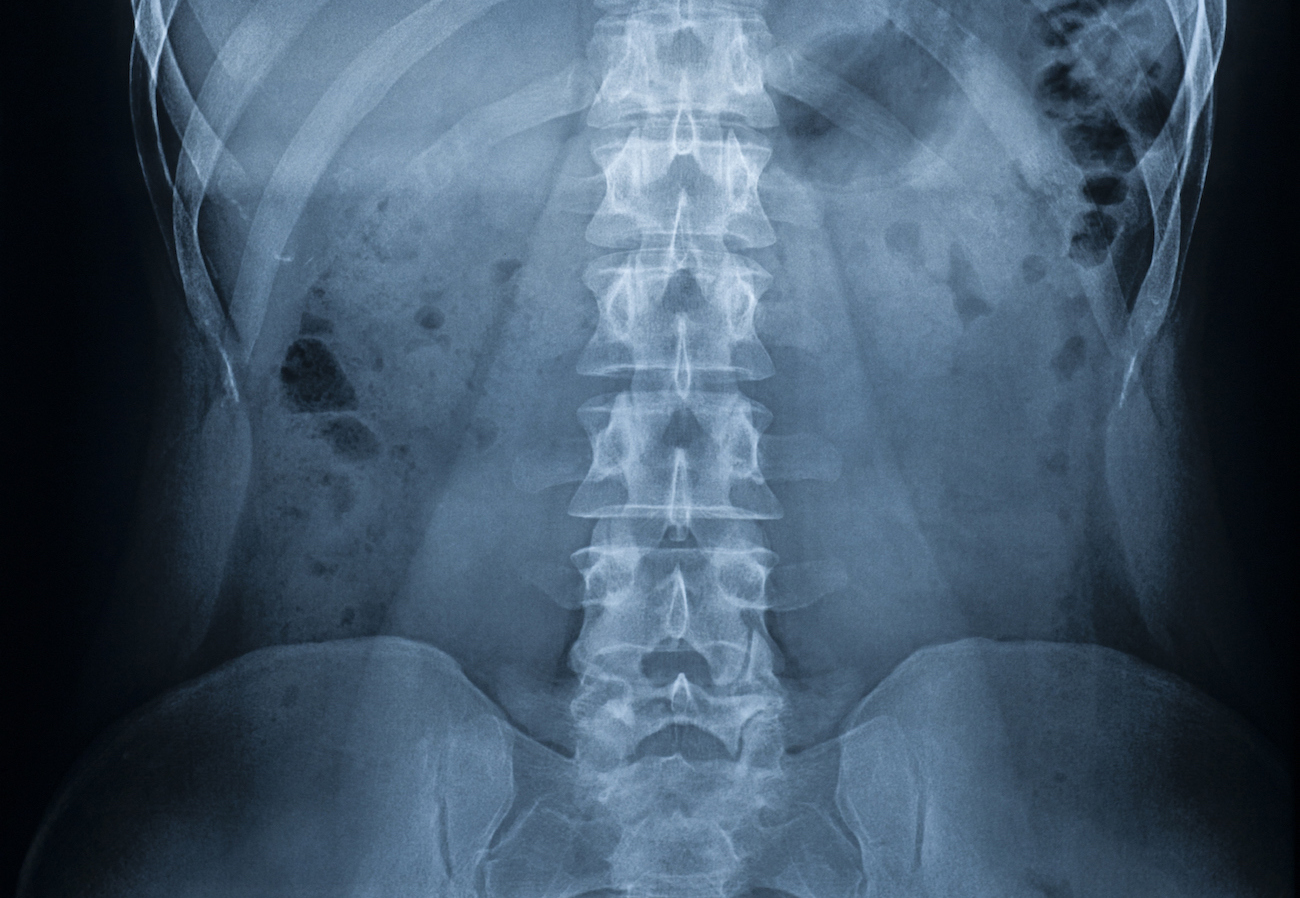What is Ankylosing Spondylitis?
Ankylosing Spondylitis (AS) is an inflammatory disease that can cause vertebral bones in the spine to fuse over time. This fusing causes the spine to lose flexibility and may result in a hunched posture. When the ribs are affected, it may become difficult to take deep breaths.

There are two types of Ankylosing Spondylitis:
- Axial Spondyloarthritis is when the condition is found on an X-ray.
- Non-radiographic axial spondyloarthritis (nr-axSpA) is AS that cannot be seen on an X-ray but is diagnosed based on symptoms, blood tests and other imaging tests
Symptoms of Ankylosing Spondylitis
- Early Symptoms may include back pain and stiffness – most often in the lower back/hips, early in the morning, or after inactivity.
- Neck Pain and Fatigue

Most commonly affected areas of the body:
- The joint between the base of the spine and pelvis
- Lower back vertebrae
- Areas where tendons and ligaments attach to the bones, particularly in the spine or back of the heel
- The cartilage between the breastbone and the ribs
- Hip and shoulder joints
Causes of Ankylosing Spondylitis
-
Eye Inflammation/Uveitis
- This condition causes rapid-onset eye pain, light sensitivity and blurred vision. We recommend an urgent visit to your PCP or ophthalmologist if you experience these symptoms.
-
Compression Fractures
- In the early stages of AS, some people will experience weakened bones. When vertebrae are affected this way, they can crumple and increase the severity of the hunched posture. These fractures can also put pressure on the spinal cord and the nerves that pass through the spine, causing injury.
-
Heart Problems
- Inflammation associated with AS increases the risk of heart disease in general. The aorta, the body’s largest artery, can also be affected by AS. The aorta can become inflamed and enlarged to the point that the shape of the valve is distorted, impairing its function.
How is Ankylosing Spondylitis Diagnosed?
Physical Exam
A physical examination will be conducted by your provider wherein they may ask you to bend in different ways to test the range of motion of your spine. They may also try to reproduce your pain by pressing on your pelvis or moving your legs into specific positions. You may also be asked to take focused deep breaths to see if it is difficult to expand your chest fully.
Imaging
Radiological imaging such as X-rays allow your provider to check for changes or abnormalities in joints and bones that may indicate AS. An MRI may also be used to provide more detailed imaging of bones and soft tissues.
Lab Tests
While there are no specific lab tests that identify AS, some blood tests can check for inflammatory markers which may be indicative of a large range of diseases.
Treatment Options for Ankylosing Spondylitis
There is no cure for Ankylosing Spondylitis, the primary goal for treating this disease is to relieve pain and stiffness and prevent or delay spinal deformity. The earlier the disease is diagnosed; the sooner treatment can begin to avoid irreversible damage.
Medications
Nonsteroidal anti-inflammatory drugs (NSAIDs) are commonly used to help treat AS, as they relieve inflammation, pain and stiffness. However, overuse of NSAIDs can cause Gastrointestinal issues such as bleeding. Examples of NSAIDs include naproxen sodium (Aleve and Ibuprofen [Advil, Motrin]).
Physical Therapy
Physical Therapy is an integral part of treatment and can provide many benefits that assist with pain relief by improving strength and flexibility.
Surgery may be recommended for patients with severe hip or joint pain requiring joint replacement.

